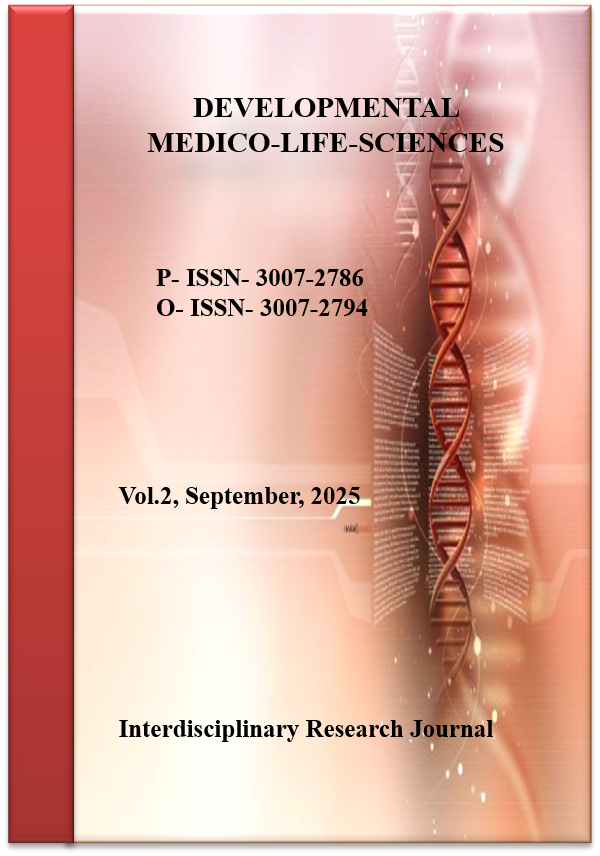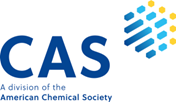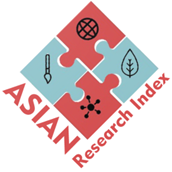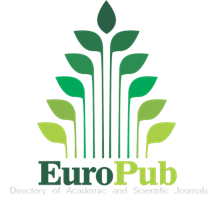Physiological Effects of Pulmonary Rehabilitation in Patients with Chronic Obstructive Pulmonary Disease (COPD)
Functional Effects of Rehabilitation in COPD
DOI:
https://doi.org/10.69750/dmls.02.09.0150Keywords:
Pulmonary rehabilitation, COPD, lung function, exercise capacity, quality of lifeAbstract
Background: Chronic obstructive pulmonary disease (COPD) is a long-term illness, which is associated with continued airflow blockage, body-wide inflammation, and impairments. The pharmacological treatment offers symptomatic relief with sufficient lack of response to extrapulmonary impairment. Pulmonary rehabilitation (PR) has become one of the versatile interventions which address physiological, functional, and psychosocial aspects of COPD.
Objectives: This study was designed to assess physiological outcomes of eight-week pulmonary rehabilitation program in patients with COPD in terms of lung functioning, exercise capacity, muscle strength, and quality of life.
Methods: The study was a prospective interventional study that was carried out in two tertiary care restorative hospitals in Lahore, Pakistan, between March 2024 and March 2025. A total of 100 COPD patients (62 men, 38 women; mean age 59.4 8.7 years) were enrolled, according to GOLD criteria, and were considered to be in a stable condition clinically. All the subjects were subjected to a well-organized PR program that included supervised aerobic and resistance training, breathing re-education, nutritional education, and mental health assistance. The baseline and post completion assessment was done on pulmonary function tests, six minutes walk distance (6MWD), quadriceps strength, and St. Georges Respiratory Questionnaire (SGRQ) scores. Paired t-tests were used to analyze data with a significance of p < 0.05.
Results: FEV1 and FVC increased to 54.8 and 75.6, respectively (p < 0.001 and p = 0.002, respectively), compared to 49.6 and 72.1, respectively, before rehabilitation. The average 6MWD was improved by 68.2 meters (p < 0.001). There was an improvement in the strength of quadriceps by 18.5% (p < 0.001). The overall scores on SGRQ declined by 21.3 points, which is a significant improvement in the quality of life (p < 0.001).
Conclusion: PR is a very effective intervention that leads to improvements in the physiological, exercise and quality of life among COPD patients. It is highly suggested to be integrated into the common COPD management.
Downloads
References
Rochester CL, Fairburn-Beech J, Horton M, et al. Pulmonary rehabilitation for adults with chronic respiratory disease: an official American Thoracic Society/European Respiratory Society statement. Am J Respir Crit Care Med. 2023;207(5):e30-e51. doi:10.1164/rccm.202306-1066ST
Troosters T, Spruit MA, Wouters EFM, et al. Pulmonary rehabilitation and physical interventions in chronic respiratory diseases. Eur Respir Rev. 2023;32(168):220222. doi:10.1183/16000617.0220-2022
Arnold MT, DeSimone LA, Pitts L, et al. Pulmonary rehabilitation for chronic obstructive pulmonary disease: a review and update. Pulm Med. 2020;2020:5459741. doi:10.1155/2020/5459741
Wouters EFM, McConnell A, Spruit MA, et al. An update on pulmonary rehabilitation: patient-centred outcomes and new perspectives. Chron Respir Dis. 2020;17:1479973120962384. doi:10.1177/1479973120962384
Mendes Xavier D, Zampa T, Silva M, et al. Effects of home-based pulmonary rehabilitation on patients with COPD: a randomized controlled trial. Respir Care. 2022;67(12):1693-1702. doi:10.4187/respcare.09165
Li P, Li J, Wang Y, Xia J, Liu X. Effects of exercise interventions on peripheral skeletal muscle in stable COPD patients: a systematic review and meta-analysis. Front Med (Lausanne). 2021;8:766841. doi:10.3389/fmed.2021.766841
Brunton NM, Harvey-Dunstan TC, Jones D, et al. Lower-limb resistance training reduces exertional dyspnea and improves exercise tolerance in COPD. J Appl Physiol. 2023;135(2):432-442. doi:10.1152/japplphysiol.00303.2022
Xie J, Chen R, Xu Y, et al. Effects of pulmonary rehabilitation combined with inspiratory muscle training in COPD: a systematic review and meta-analysis. Respir Med. 2025;222:107484. doi:10.1016/j.rmed.2025.107484
Zhu B, Zhao X, Shi Y, et al. Long-term benefits of pulmonary rehabilitation with respiratory muscle training in COPD patients. Respir Med. 2025;223:107503. doi:10.1016/j.rmed.2025.107503
Tseng CH, Tsai YJ, Chang CC, et al. Pulmonary rehabilitation for acute and stable COPD: ERS statement. Eur Respir J. 2019;64(suppl 68):PA4976. doi:10.1183/13993003.congress-2019.PA4976
Meneses-Echávez JF, Torres-Rivera LM, Ramírez-Vélez R, et al. Pulmonary rehabilitation for acute exacerbations of COPD: a systematic review and meta-analysis. Respir Med. 2023;207:107094. doi:10.1016/j.rmed.2023.107094
Lindenauer PK, Stefan MS, Shieh MS, et al. Association between early initiation of pulmonary rehabilitation and mortality after COPD exacerbations. JAMA. 2020;323(3):251-259. doi:10.1001/jama.2019.21458
Heubel AD, van den Borst B, Hopkinson NS, et al. Respiratory and peripheral muscle strength influence recovery in acute exacerbations of COPD. Respir Med. 2023;202:106880. doi:10.1016/j.rmed.2022.106880
Spruit MA, Wouters EFM, Troosters T, et al. Maintenance pulmonary rehabilitation: an update and future challenges. Eur Respir J. 2024;63(4):240019. doi:10.1183/13993003.0019-2024
Fan LX, Zhang H, Kong P, et al. Exercise dysfunction and pulmonary rehabilitation in COPD: mechanisms and clinical effects. COPD J Chron Obstruct Pulmon Dis. 2025;22(1):15-27. doi:10.1080/15412555.2024.2398123
Ammous O, Alqahtani JS, Alghamdi S, et al. Inspiratory muscle training with or without pulmonary rehabilitation in COPD: effects on respiratory muscle strength and exercise performance. Eur Respir J. 2023;62(suppl 67):OA4223. doi:10.1183/13993003.congress-2023.OA4223
Ataç A, Pehlivan E, Karaahmetoğlu FS, et al. The impact of telerehabilitation on muscle strength and aerobic capacity in COPD patients: a randomized trial. Adv Respir Med. 2024;92(5):370-383. doi:10.3390/arm92050035
He W, Li X, Liu Q, et al. Effects of pulmonary rehabilitation in COPD patients: a meta-analysis of randomized controlled trials. Respir Res. 2022;23(1):121. doi:10.1186/s12931-022-02010-5
Wang H, Chen B, Zhang Y, et al. Resistance training in COPD improves muscle strength and exercise capacity. J Appl Physiol. 2021;130(5):1528-1537. doi:10.1152/japplphysiol.01022.2020
Zhang Q, Long Z, Li X, et al. Aerobic exercise in stable COPD improves lung function and quality of life: a multicenter randomized controlled trial. Respir Med. 2023;195:106726. doi:10.1016/j.rmed.2023.106726
Martínez Í, Sanz MJ, Martín R, et al. High-intensity interval training versus continuous training in COPD rehabilitation: a randomized trial. Eur Respir J. 2022;60(suppl 66):4675. doi:10.1183/13993003.congress-2022.4675
Lee H, Lee S, Park J, et al. Combined aerobic and resistance pulmonary rehabilitation yields superior outcomes in COPD: a systematic review and meta-analysis. Int J Chron Obstruct Pulmon Dis. 2023;18:1281-1298. doi:10.2147/COPD.S397812
Kim J, Kim H, Hong Y, et al. Effects of rehabilitation duration on long-term outcomes in COPD: a cohort study. Chest. 2024;165(3):555-564. doi:10.1016/j.chest.2023.09.025
Singh SJ, Scott S, Morgan M, et al. Long-term follow-up of pulmonary rehabilitation in COPD: benefits, relapse, and predictors of maintenance. Thorax. 2025;80(2):130-138. doi:10.1136/thorax-2024-220101
Cooper CB, Koulouris NG, Georgopoulou A, et al. Pulmonary rehabilitation in COPD: predictors of response and mechanisms of benefit. Respir Med. 2022;184:106453. doi:10.1016/j.rmed.2021.106453






















